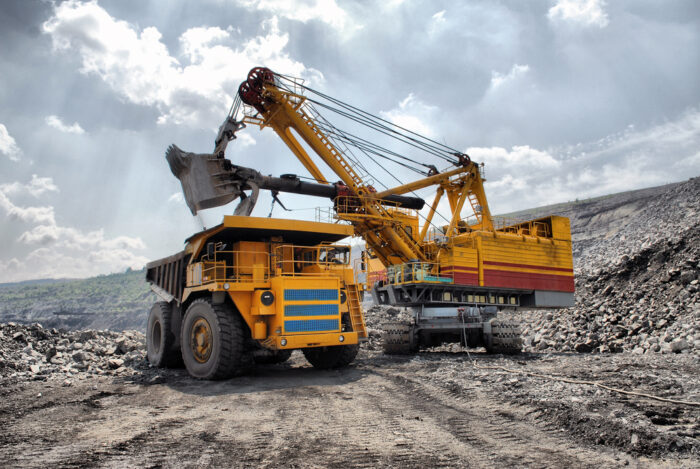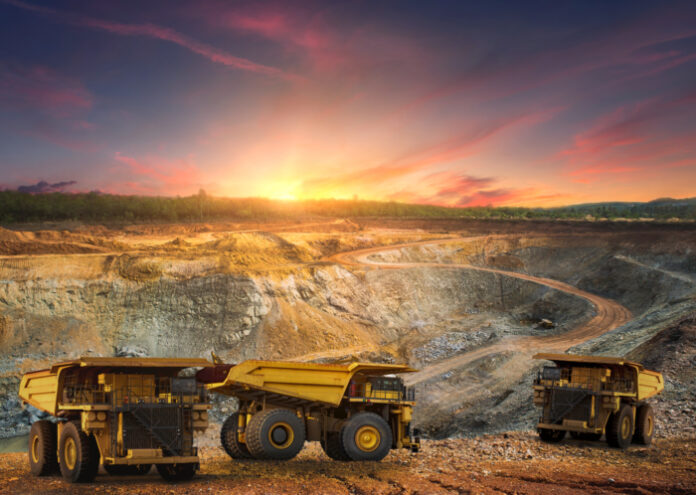Did you know that when you own property, you also own the mineral and surface rights to that property? This means that you have the right to extract any minerals or use the surface of your land in any way you see fit. It is important to understand these rights, especially if you are thinking about selling or leasing your property. Here is what you need to know about mineral and surface rights on your property.
What Mineral Rights Are and Why They Matter
Most people are familiar with the concept of owning property, but fewer are aware of the concept of owning mineral rights. Essentially, mineral rights refer to the legal right to exploit any minerals that may be present on a piece of land. In many cases, these rights are sold separately from the land itself, and they can be valuable assets. There are numerous reasons why someone might want to own mineral rights. For example, they could be hoping to strike it rich by finding oil or gold on their property. Alternatively, they may simply want to ensure that they have the right to use any minerals that are present for personal or commercial purposes.
Either way, it is important to be aware of the concept of mineral rights before buying or selling property. Otherwise, you could unexpectedly find yourself without the right to use any valuable resources that happen to be present on your land.
What You Can Do If You Don’t Own the Mineral Rights to Your Property
If you do not own the mineral rights to your property, there are several things you can do. First, you can negotiate with the owner of the rights for a lease or surface use agreement. This will give you the right to use the minerals on your property for a specific purpose, such as mining or drilling.
You can also file a protest with your state’s oil and gas commission. This gives you the opportunity to present your case to the commission and potentially block any future development of the minerals on your property.
Finally, you can join forces with other landowners who do not own their mineral rights and form an advocacy group. This gives you a stronger voice in the fight to protect your property rights. Whatever option you choose, it is important to take action if you do not want the minerals on your property to be developed.

How to Find Out If You Own the Mineral Rights to Your Property
If you are thinking of selling your mineral rights to mineral rights buyers or leasing your land for oil and gas development, it is important to know who owns the minerals underneath your property. In the United States, the answer is not always clear. In some cases, the surface owner also owns the minerals. For other cases, someone else owns the minerals entirely. The best way to find out is to conduct a title search of your property. This will reveal any previous claims or transfers of ownership. Once you have this information, you can contact the current owner (if it is not you) and begin negotiations. With a little patience and perseverance, you can soon find out if you own the mineral rights to your property.
What Surface Rights Are and Why They Matter
Surface rights are the rights of landowners to use and develop land on or above the ground. These rights can be sold, leased, or transferred, and they can be complex and valuable property interests. Surface rights are important factors in land-use planning and development. They can determine what can be built on a piece of land and its use. In some cases, surface rights can conflict with the rights of other landowners or with the public interest. For example, a landowner might have the right to develop a piece of land for a shopping center, but the local community might object to the noise and traffic that the development would generate. Resolving these conflicts requires careful balancing of the various interests involved.

How to Find Out If You Own the Surface Rights to Your Property
Many people are surprised to learn that they do not necessarily own the surface rights to their properties. While you may own the land itself, the surface rights can be owned by someone else. This can be a problem if you want to make changes to the land, such as adding a fence or building an addition.
Luckily, there are a few ways to find out if you own the surface rights to your property. One way is to check your property deeds. If the deeds list both the surface and mineral rights, then you likely own the surface rights.
Another way to find out is to contact your local planning office. The staff there should be able to tell you who owns the surface rights in your area.
Finally, you can check with your homeowner’s association, if you have one. The association may have purchased the surface rights from the previous owner of your property. Knowing who owns the surface rights to your property is important for making any future plans for your land.
What You Can Do If You Don’t Own the Surface Rights to Your Property
If you live in an area where someone else owns the surface rights to your property, it can be difficult to make any changes to your land. However, there are some things you can do to make the most of your situation. First, try to build a good relationship with the surface rights owner. If he or she is open to communication, you may be able to negotiate some changes that benefit both of you.
For example, you could agree to share the costs of maintaining any shared driveway or easement. You might also be able to get permission to make improvements to your home, as long as they do not impact the surface rights owner’s property. If you are not able to reach an agreement with the surface rights owner, your best bet is to consult with a lawyer or land use planner to see what options are available to you. With careful planning, you can still make the most of your property — even if you do not own the surface rights.

In Conclusion
Mineral rights and surface rights are important aspects of property ownership that can have significant impacts on your life. By understanding the difference between the two and finding out which ones you own, you can make sure you are getting the most out of your property. If you discover that you do not own the mineral or surface rights to your property, do not worry. There are still steps you can take to protect your interests. For more information on mineral and surface rights or any other aspect of property ownership, contact an attorney who specializes in real estate law.
Find a Home-Based Business to Start-Up >>> Hundreds of Business Listings.
















































